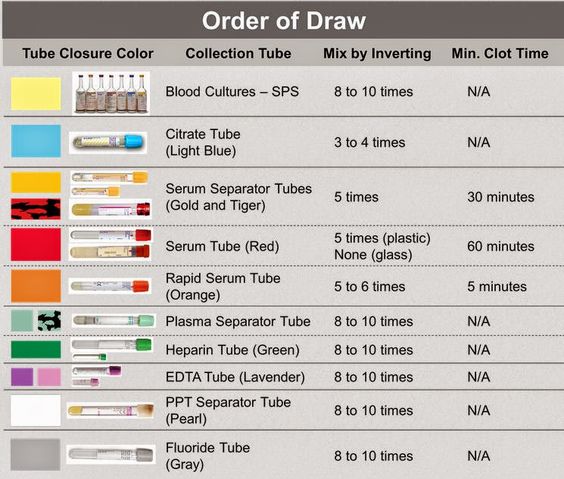In previous posts, we have talked about indirect costs and keeping costs in control with smart time management & task lists. But today, I want to talk about how some innocent-seeming costs can add up fast! The first thing I want to mention is in-house laboratory testing equipment. Let’s think about this for the moment. In-house analyzers are amazing to the efficiency and value of the hospital. But, on the other hand, how often do you encounter errors? Maybe it’s rotor errors, maybe it’s sample preparation error and then you have a hemolyzed sample and inaccurate red blood cell or white blood cell counts. How frustrating right?! Then, the sample has to be re-run, maybe even re-drawn. Or even worse case scenario, you have to ship the sample to the laboratory for confirmation. What a process am I right?
As we reminisce how much the situation sucks, let’s look at this from a cost perspective. (side note: if you have not read the article on indirect costs, I highly recommend it, it will help bring all of this together for you.) We know there are different costs associated with a treatment; the labor, the supply costs, plus other facility & business costs. For this discussion, I am just going to touch upon the product & supply cost (but, after learning about other costs, I hope you can appreciate how expensive it can easily become).
So, if we are just focusing on product costs for re-runs, let’s look at several examples of how the costs can add up.
| In-House Analyzer | Cost per Run | Cost of 2 Re-Runs per Week | Cost for 1 Year |
|---|---|---|---|
| IDEXX Catalyst Chem 17 | $33.69 | $67.38 | $3,503.76 |
| VetScan Preventative Care Profile Plus | $28.62 | $57.23 | $2,975.96 |
| Heska Comprehensive Panel | $20.95 | $41.90 | $2,178.80 |
As we can see, the costs can really add up for re-run tests! So, what can we do about this? First of all, every time you have to re-run a test, call the appropriate customer service department and request a credit for the re-run! This alone will save money right away. Plus, they may give you some insight into why the error happened (ie. sample prep). It is important to maintain a log of the tests that were re-run and the credits that were received. In addition to ensuring a credit was received, you can establish if there is a pattern and a need for additional staff training.
Below you will find a chart listing the recommended order of blood tubes for a blood draw, along with inversion times.

So, to wrap up, as I always say, answer the following questions to help you set forth some positive changes:
-
- Who does it involve?
- What specific tasks need to be completed?
- What can be delegated?
- How can it be measured? How will the process be documented?
- Set a goal & deadline!
